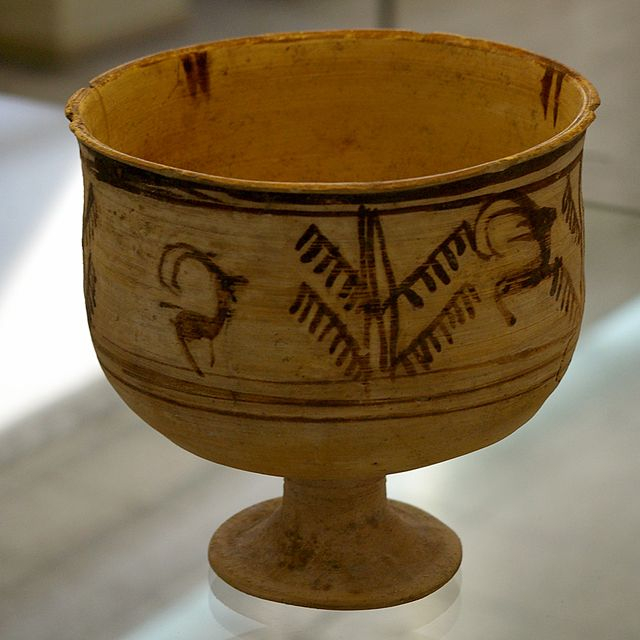Animation
Animation is a technique used to make stationary images appear to be moving. Traditional animation involves hand-painting or drawing pictures on transparent celluloid sheets, which are then captured and shown on film. The majority of animations created today use computer-generated graphics (CGI). While 2D computer animation (which sometimes resembles conventional animation) might be employed for artistic reasons, low bandwidth, or quicker real-time renderings, 3D computer animation can be extremely detailed.
Although it has advanced significantly, modern animation has roots in Persia's Bronze Age. A goblet made of pottery that was found in the Burnt City in the province of Sistan and Baluchestan is thought to be 5,200 years old.
A goat is shown jumping toward a tree and eating the leaves in a succession of paintings on the goblet. Sequential images resembling the goblet's can be found all over medieval Islamic Persia.
The specific connection between the photos, which were unearthed by Italian archaeologists at a burial site, was not immediately apparent. Years later, Iranian archaeologist Dr. Mansur Sadjadi learned of this connection. Since then, there has been disagreement among researchers over the significance of the artwork on the bowl. Archaeologists now think the goblet predates the Assyrian culture by 1,000 years. Originally, it was thought to show a goat feeding from the Assyrian Tree of Life.












